Shopify Product Display Apps: Out‑of‑Stock Police vs. Xpander

Table of Contents
- Introduction
- How Does Out‑of‑Stock Police Work?
- How Does Xpander Work?
- How Much Does Out‑of‑Stock Police Cost?
- How Much Does Xpander Cost?
- Cost Analysis: Out‑of‑Stock Police vs. Xpander
- User Reviews & Customer Support Insights
- Integration and Compatibility Comparison
- Conclusion
Introduction
In the bustling world of e-commerce, product display is crucial in attracting customers and influencing their purchasing decisions. In fact, studies indicate that clear and organized product displays can enhance conversion rates by as much as 40%. With this in mind, Shopify merchants increasingly turn to product display apps to optimize their offerings. These tools not only improve visual appeal but also streamline inventory management, ultimately boosting sales and customer satisfaction.
Among the myriad of available tools, Out‑of‑Stock Police and Xpander stand out as noteworthy solutions, each designed to enhance the online shopping experience in unique ways. Out‑of‑Stock Police focuses on managing inventory effectively by handling out-of-stock items, while Xpander aims to increase product visibility by presenting multiple variants as standalone products. This blog post will delve into the functionalities, pricing, and overall value of both apps to help you determine which is the better option for your business needs.
How Does Out‑of‑Stock Police Work?
Out‑of‑Stock Police is designed with clarity and efficiency in mind, making it easier for merchants to manage their inventory. This app automatically pushes out-of-stock items down in collections while providing options to hide them entirely from customers. Its straightforward design allows businesses to maintain a clean and organized product display without manual intervention.
Key Features of Out‑of‑Stock Police:
-
Real-Time Management: The app automatically adjusts product visibility based on stock availability. When an item goes out of stock, it is pushed to the bottom of collections, ensuring that customers always see in-stock items first.
-
Stock Alerts: Merchants receive notifications about low stock levels and out-of-stock items, allowing for timely replenishment and better stock management. This feature is vital for ensuring popular items remain available.
-
Visibility Control: Businesses can choose to hide out-of-stock products from their online store or allow them to remain visible but at the bottom of listings, preserving organic traffic and SEO value.
-
Data Export Options: Merchants can export inventory data for analysis, making it easier to plan restocks based on sales trends.
These features cater to a range of businesses, from startups needing basic inventory management to larger enterprises requiring extensive tracking and notification capabilities.
Hypothetical Scenarios:
- A small business owner running a seasonal product line uses Out‑of‑Stock Police to hide items that have sold out after a promotional event, allowing customers to focus on best-sellers.
- A larger retailer benefits from stock alerts to ensure they never run out of high-demand products, maximizing sales opportunities.
How Does Xpander Work?
Xpander, on the other hand, enhances product visibility by transforming product variants into distinct listings. By synchronizing inventory levels and utilizing smart variables for SEO, Xpander supports businesses in creating a more expansive product display.
Key Features of Xpander:
-
Standalone Products from Variants: The app allows merchants to showcase product variants independently, which can lead to increased discoverability and potentially higher average order values.
-
Sync Inventory Levels: Xpander ensures that inventory levels are consistent across all expanded products, reducing the likelihood of overselling.
-
Smart Variables for SEO: By employing smart variables, Xpander optimizes the SEO potential of listed products, helping them rank better in search results.
While Xpander offers an innovative twist on product display, the dependence on creating individual product listings may not be as beneficial for all types of businesses. Startups and smaller operations might find the features overwhelming if they have limited product lines, while larger enterprises could leverage these attributes more effectively.
How Much Does Out‑of‑Stock Police Cost?
When evaluating solutions for product display, cost effectiveness is a critical factor. Out‑of‑Stock Police presents a tiered pricing structure that scales with your business needs, making it suitable for a wide range of operations.
-
Bronze Plan (Free):
- Features: Basic functions, including hiding out-of-stock products and stock alerts.
- Limitations: The real-time add-on is a paid option.
- Target Audience: Ideal for startups testing the waters.
-
Silver Plan ($4.99/month):
- Features: All Bronze Plan features, plus the ability to push out-of-stock items down in real time.
- Limitations: Limited to essential features.
- Target Audience: Great for small to medium-sized businesses looking for affordable inventory management.
-
Gold Plan ($9.99/month):
- Features: All Silver Plan features, with advanced options included.
- Limitations: More comprehensive functionality comes at a higher cost.
- Target Audience: Suitable for medium enterprises that need robust inventory management tools.
-
Platinum Plan ($14.99/month):
- Features: All Gold Plan features along with priority support.
- Limitations: Higher monthly commitment.
- Target Audience: Best for businesses experiencing rapid growth needing dedicated support.
It is important to note that you can always reach out to our team and we can create a custom pricing plan to suit your needs and your budget. Schedule a call via this link and we’ll come up with the best solution for you and your business.
How Much Does Xpander Cost?
Examining the pricing of Xpander reveals a considerably different approach to cost management:
-
Free Plan:
- Price: Free up to 5 expanded products synchronized per month.
- Limitations: Minimal capabilities likely hinder broader usability for larger inventories.
- Target Audience: Best for startups within specific niche markets.
-
Starter Plan ($49/month):
- Price: Allows for 50 expanded products synchronized monthly.
- Limitations: Costly for small businesses when considering the number of products needed.
- Target Audience: Suitable for growing businesses with a wider range of products.
-
Pro Plan ($189/month):
- Price: Includes 250 expanded products, with additional charges for any products beyond this limit.
- Limitations: This tier can become very expensive for larger inventories.
- Target Audience: Targeted toward large enterprises that require significant product visibility.
Overall, while the free and lower-end plans may attract startups, the higher tiers appear to lack competitiveness compared to Out‑of‑Stock Police, especially for businesses looking for scalable solutions.
Cost Analysis: Out‑of‑Stock Police vs. Xpander
When comparing costs and overall value, Out‑of‑Stock Police shines with its tiered pricing structure manageable for businesses at different stages. Xpander's plans, especially those starting at $49, may prove prohibitive for smaller companies.
While Xpander’s innovative approach to showcasing variants may appeal to some businesses, Out‑of‑Stock Police provides a well-rounded solution with the benefit of flexibility and real-time management at lower price points.
User Reviews & Customer Support Insights
Is Out‑of‑Stock Police Good?
Out‑of‑Stock Police has garnered an impressive 5-star rating from 64 reviews since its launch in 2017. Users praise its ease of use and effectiveness in managing inventory. With 24/7 customer support, merchants can rely on assistance whenever needed. The app's intuitive designs allow users to efficiently manage their stock levels, ultimately resulting in improved sales and customer satisfaction.
Is Xpander Good?
Xpander currently holds an average rating of 0 stars based on limited reviews. While it may have potential, the absence of user feedback raises questions about its reliability and effectiveness. Users might appreciate the innovative features, but without established reviews, the product's quality is hard to gauge. Given that it launched less than a year ago, the absence of feedback can be critical, as early adopters contribute significantly to an app's reputation.
User Preference: Out‑of‑Stock Police or Xpander?
Based on the ratings, it is clear that Out‑of‑Stock Police is the preferred solution among users. Its substantial user endorsement showcases its effectiveness as an inventory management tool. The established rating reflects a proven capability to enhance product display and support customer needs efficiently.
In contrast, the absence of ratings and reviews for Xpander indicates a lack of user trust and market presence, making it less appealing for potential users.
Integration and Compatibility Comparison
Out‑of‑Stock Police Integrations
Out‑of‑Stock Police integrates seamlessly with Shopify and does not require extensive configuration, which enhances the user experience. Its simplified management helps ensure that businesses can implement it quickly without disrupting existing workflows.
Xpander Integrations
Similarly, Xpander integrates with Shopify but lacks additional integrations that would elevate its capabilities. The straightforward functionality does not seem to align with the complex requirements of larger stock systems that some enterprises use, leading to concerns about its scalability.
Conclusion
In conclusion, both Out‑of‑Stock Police and Xpander present valuable solutions for product display, yet Out‑of‑Stock Police ultimately stands out. With its robust feature set, exceptional user ratings, and flexible pricing, it proves to be a more cost-effective choice that caters to the varying needs of businesses. While Xpander's innovative approach could be a future contender, its lack of user feedback and higher price points make it less appealing in the current e-commerce landscape.
Choosing the right app can significantly impact your business, and with Out‑of‑Stock Police, you’ll benefit from reliable inventory management while enhancing product visibility, leading to increased conversions and overall customer satisfaction.
Still Searching for the Perfect Customization Solution?
Stop searching and start thriving with Accentuate Custom Fields! This powerful metafield management app supercharges Shopify’s native features, giving you the tools to create a truly personalized customer experience.
Why Choose Accentuate Custom Fields?
- Advanced Customization: Unlimited field definitions, logical grouping, and custom layouts make your store one-of-a-kind.
- Enhanced Editor Experience: Effortlessly edit variant metafields, use advanced HTML and markdown editors, and sync field definitions between stores.
- Flexible Management: Import/export capabilities, automatic tagging, and comprehensive support for Metaobjects and versioning.
- 24/7 Support: If you have any questions or need assistance, our team is available around the clock to help with any custom modifications to suit your store.
Join over 12,000 merchants, including top Shopify Plus stores, who trust Accentuate for their customization needs. With a stellar 4.9-star rating, Accentuate is the go-to tool for advanced CMS needs, offering unmatched flexibility and control over your store’s content. Elevate your Shopify store with high-quality content that boosts customer experiences and conversions. Tell your story, showcase your products, and create an engaging customer journey with ease.
Experience the Accentuate difference and watch your Shopify store thrive!
Accentuate vs Competition
Explore how Accentuate Custom Fields stands out. Whether you’re aiming to customise your storefront, streamline operations or improve content management, see how we compare against the competition
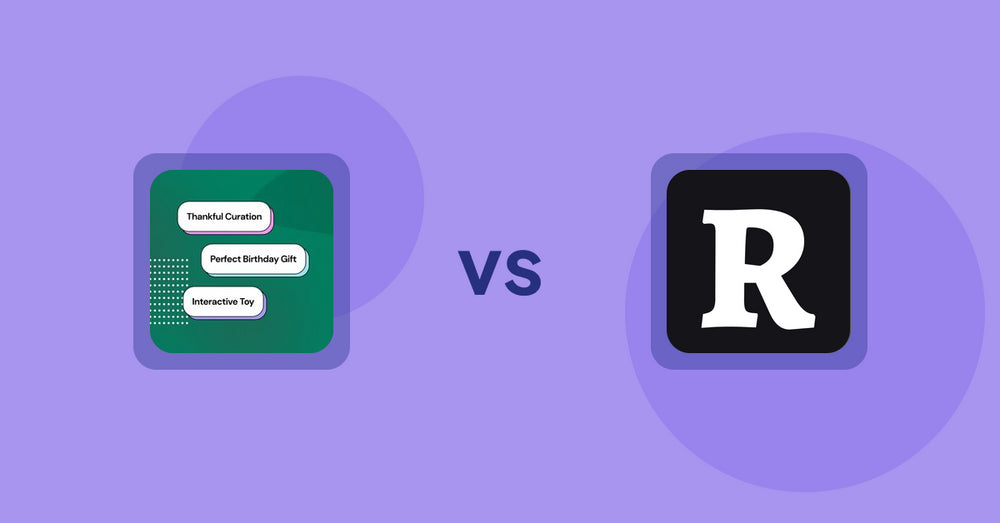
Shopify Product Display Apps: FeatureFrame ‑ Pretty Product vs. AI SEO: Top Product Features
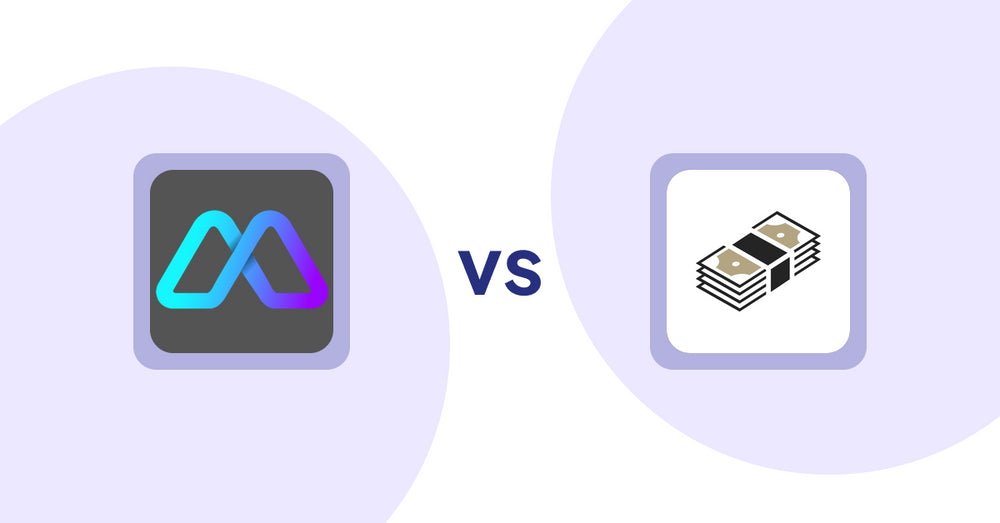
Shopify Product Display Apps: Metadrob: Create Virtual Store vs シンプルクラウドファンディング|お手軽自社クラファン
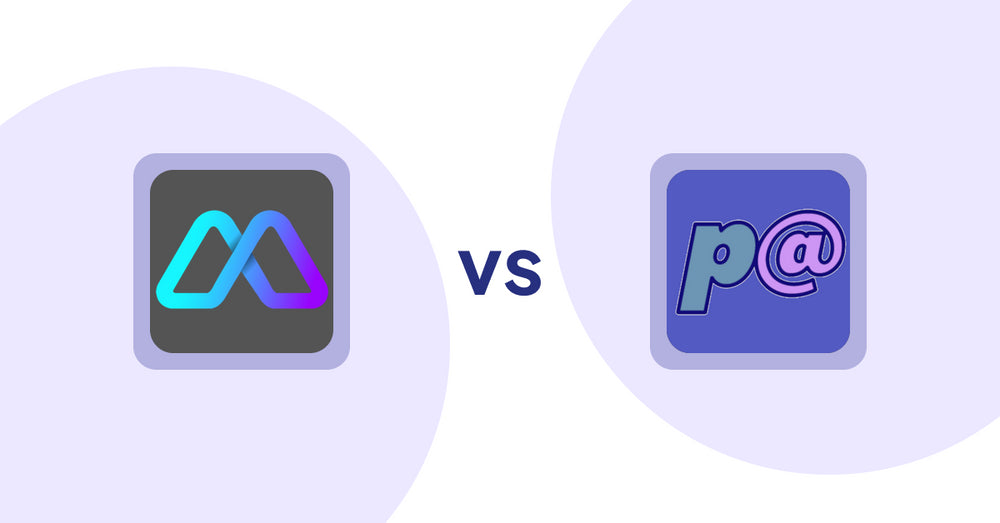
Shopify Product Display Apps: Metadrob: Create Virtual Store vs Parameterizer
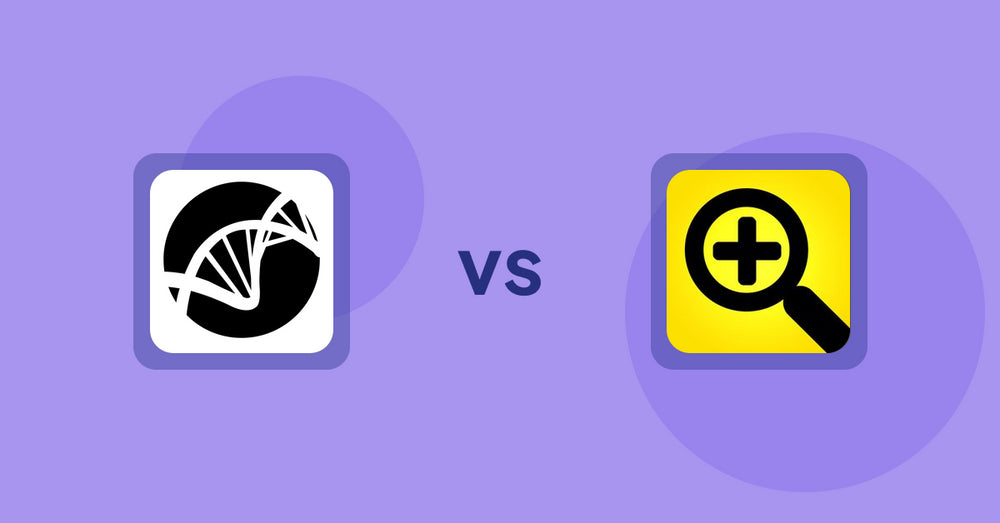
Shopify Product Display Apps: Bike Matrix vs. Fast View: Fastest Quick View
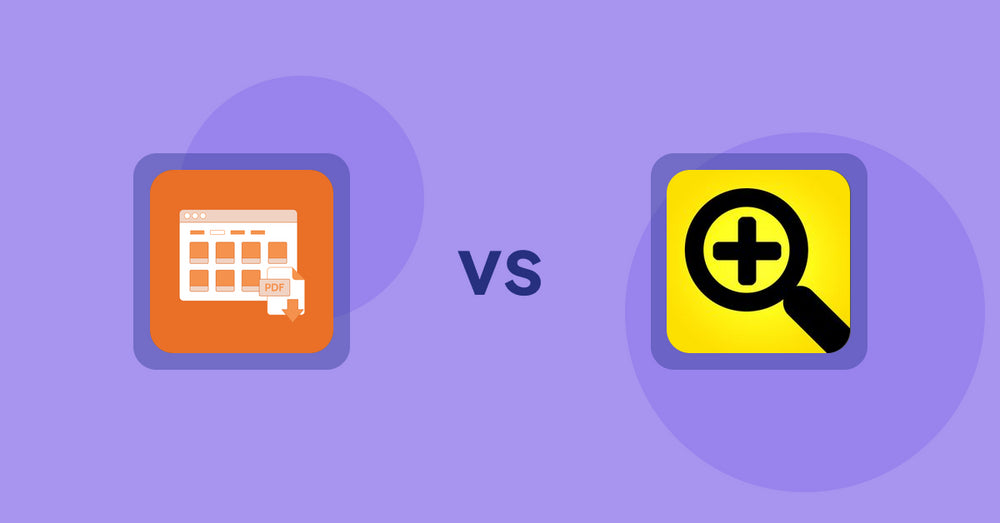
Shopify Product Display Apps: Meetanshi PDF Product Catalog vs Fast View: Fastest Quick View

Shopify Product Display Apps: UR: Smart Ranking vs Sortyfi Collection Merchandise
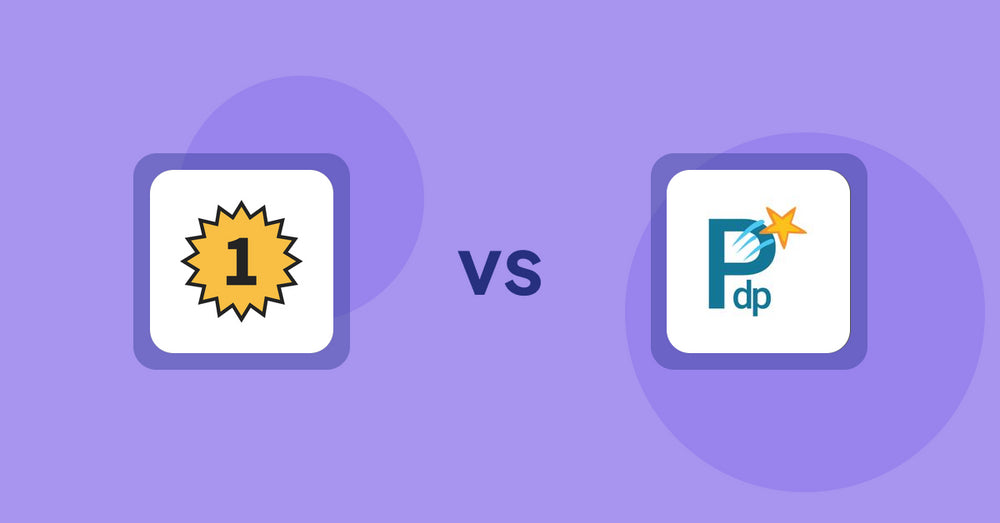
Shopify Product Display Apps: UR: Smart Ranking vs PDP Star

Shopify Product Display Apps: Menulog vs Reelify ‑ Shoppable Reel Video

Shopify Product Display Apps: H3 Estimated Delivery vs Findify Search & Merchandise
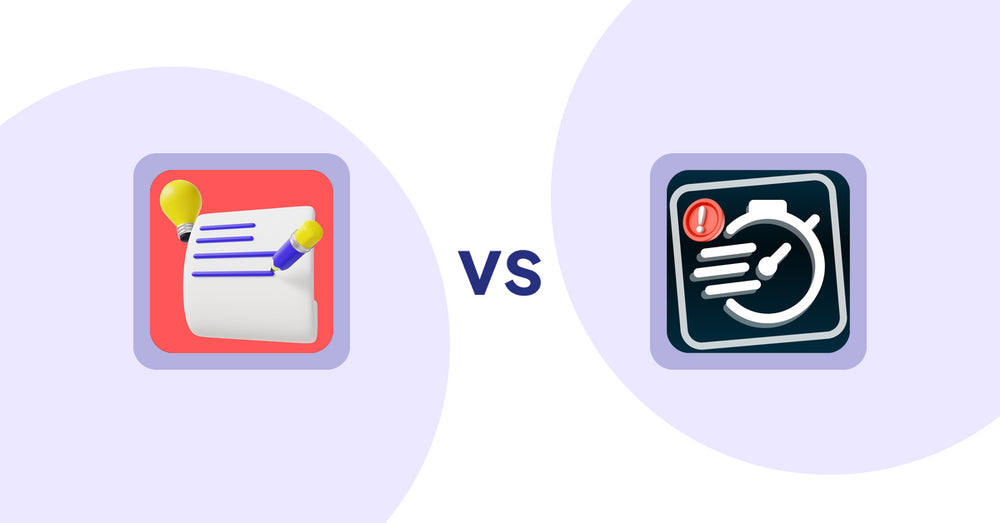
Shopify Product Display Apps: Wordo ‑ ChatGPT AI Description vs Urgency! Low Stock Counter
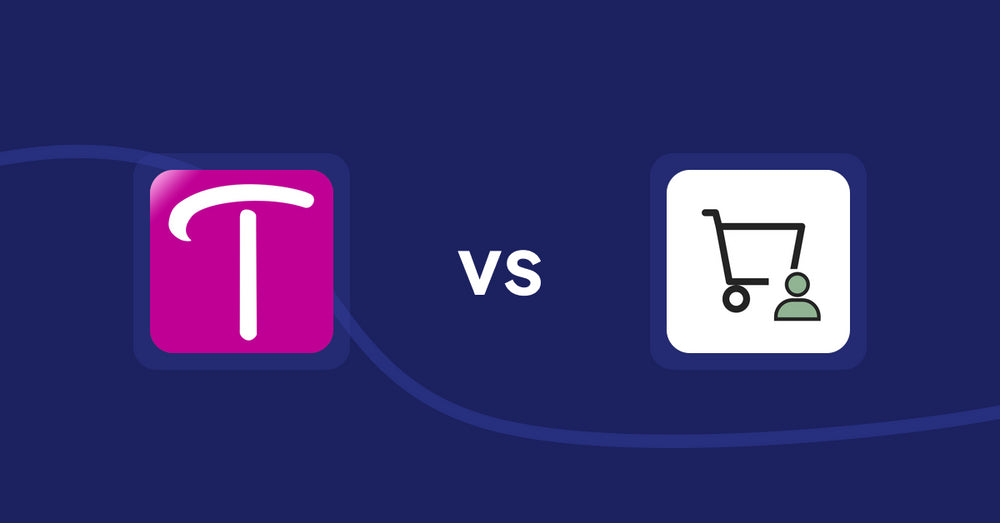
Shopify Product Display Apps: WS Transparency vs シンプル会員注文割引|お手軽ログインセール設定
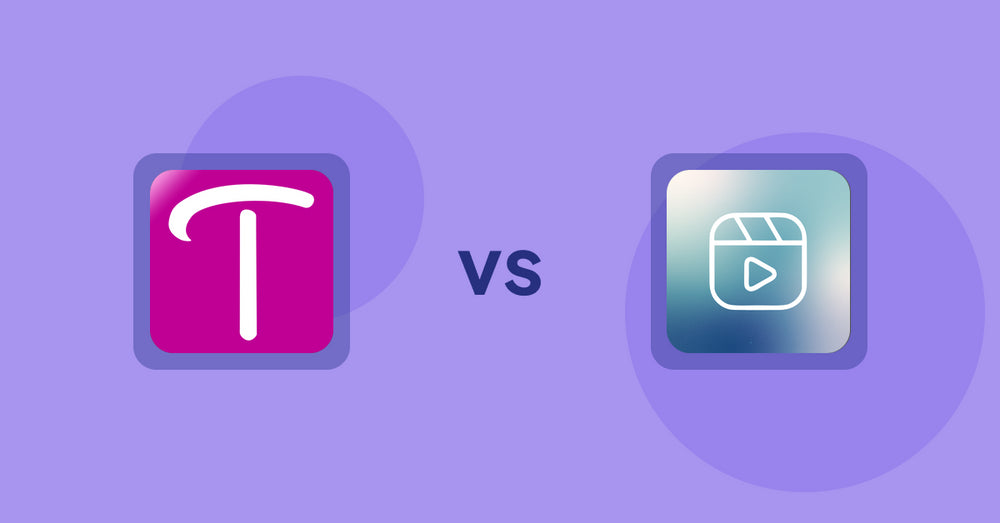
Shopify Product Display Apps: WS Transparency vs Reelify ‑ Shoppable Reel Video
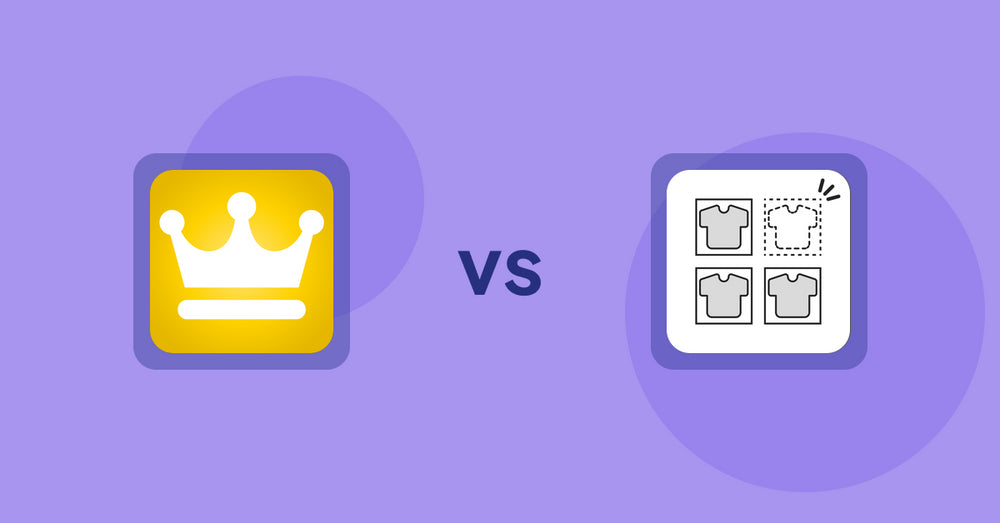
Shopify Product Display Apps: Awesome Ranking vs シンプル売り切れ非表示|在庫切れ商品の表示変更
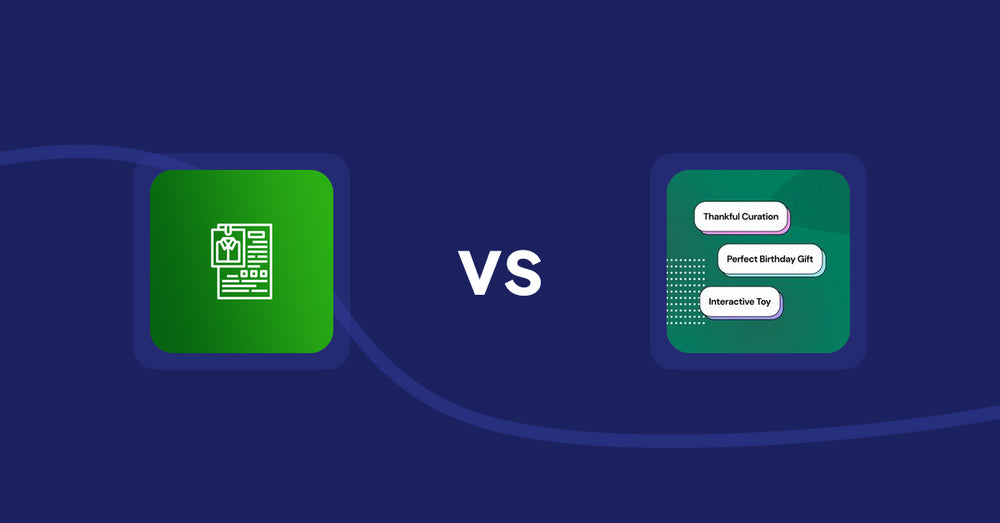
Shopify Product Display Apps: OC Product Size Chart vs FeatureFrame ‑ Pretty Product
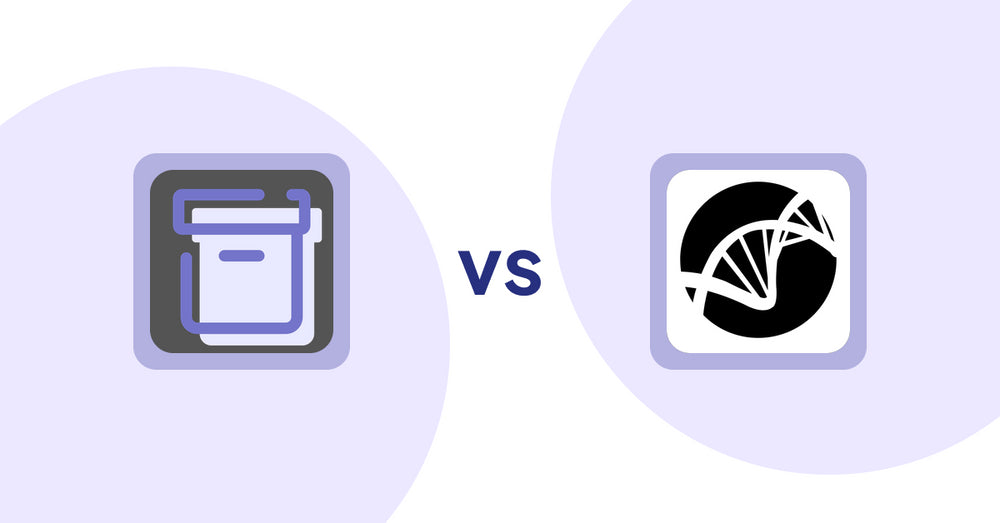
Shopify Product Display Apps: Shelfify vs Bike Matrix
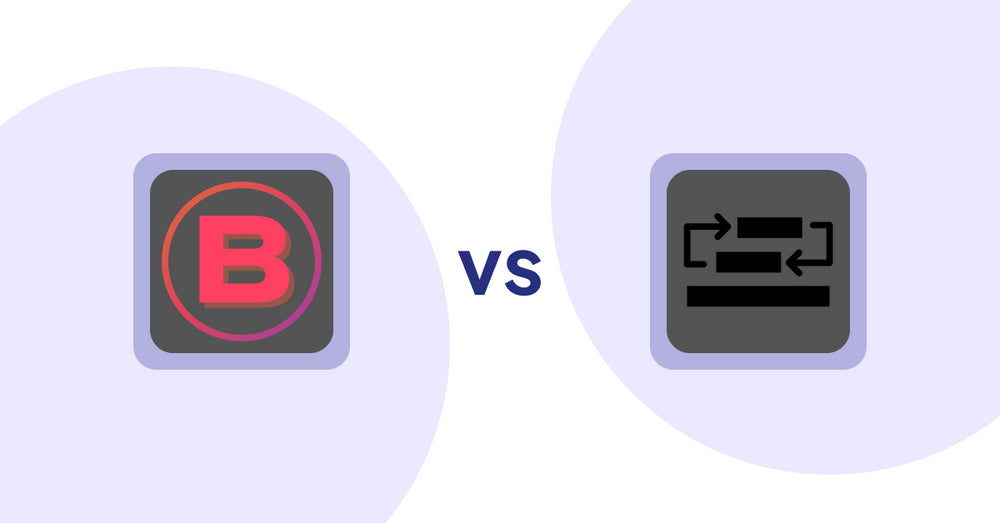
Shopify Product Display Apps: Banter Stories vs Sortyfi Collection Merchandise
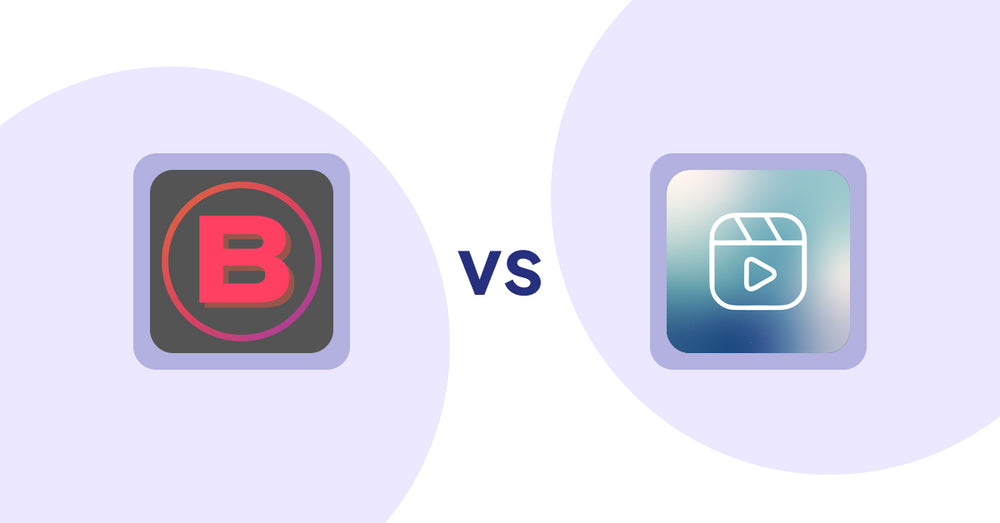
Shopify Product Display Apps: Banter Stories vs. Reelify ‑ Shoppable Reel Video
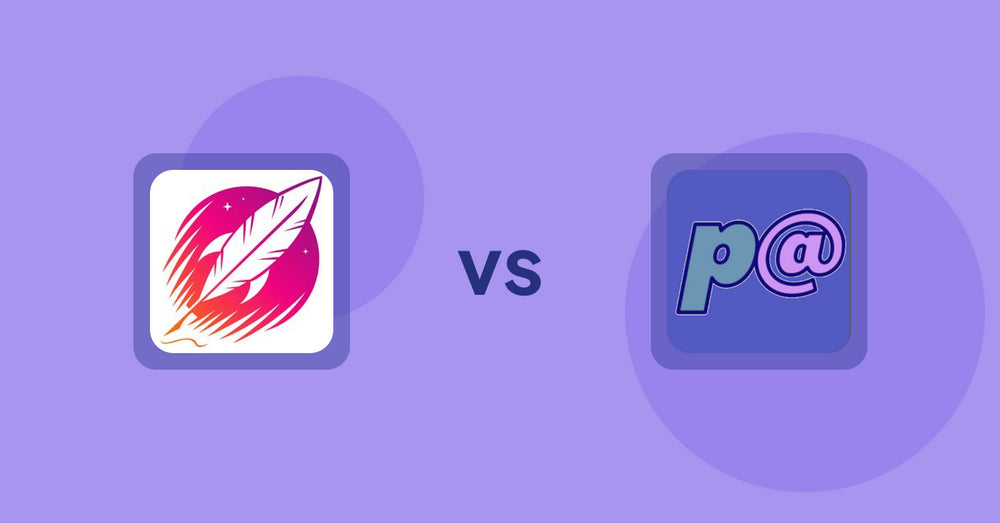
Shopify Product Display Apps: Wordsmith: Content Generator vs Parameterizer

Shopify Product Display Apps: Wordsmith: Content Generator vs Reelify ‑ Shoppable Reel Video
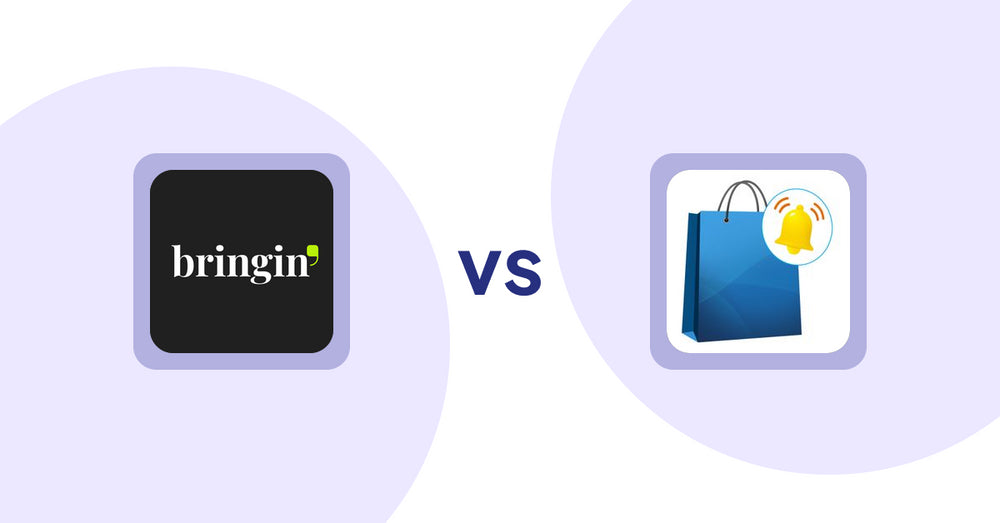
Shopify Product Display Apps: Bringin vs CartBar ‑ Product Purchase Bar
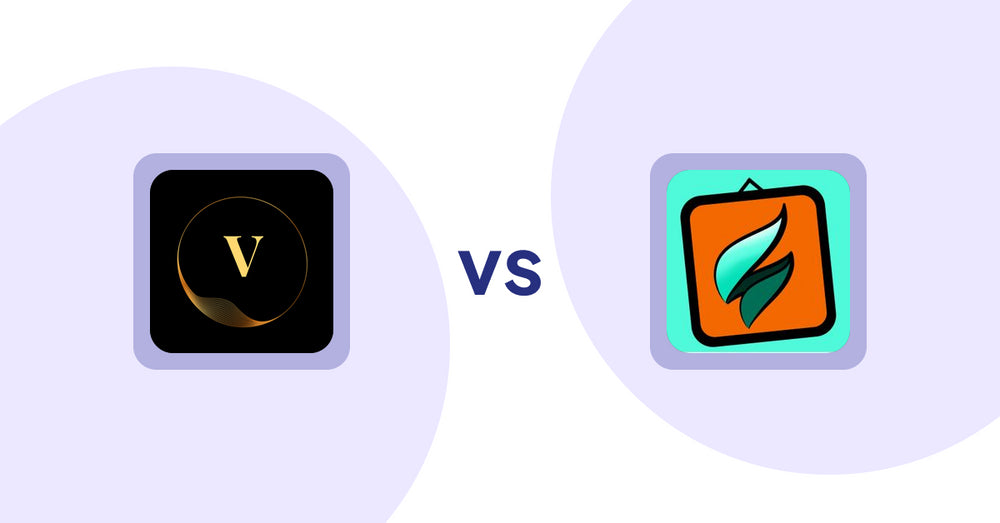
Shopify Product Display Apps: ProductTube vs SMART ‑ Art Product Builder
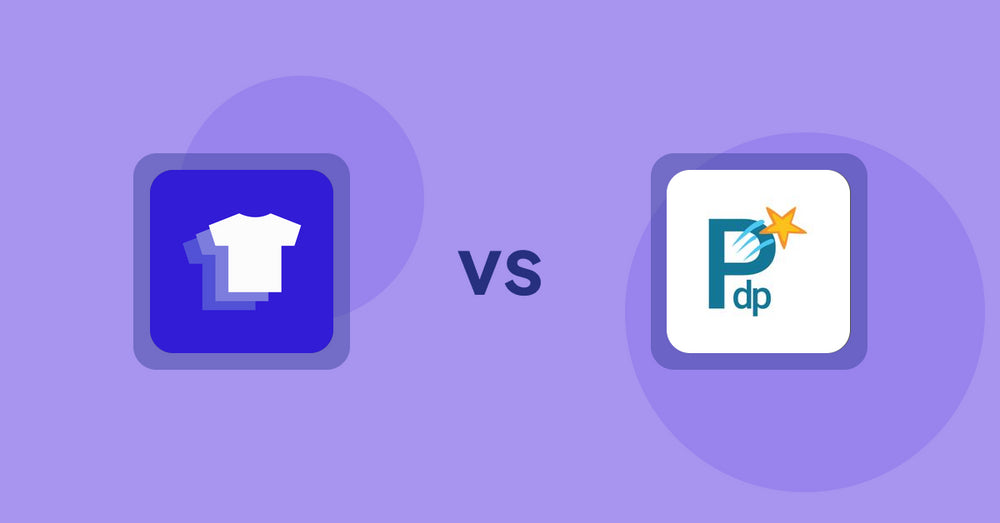
Shopify Product Display Apps: Xpander vs PDP Star
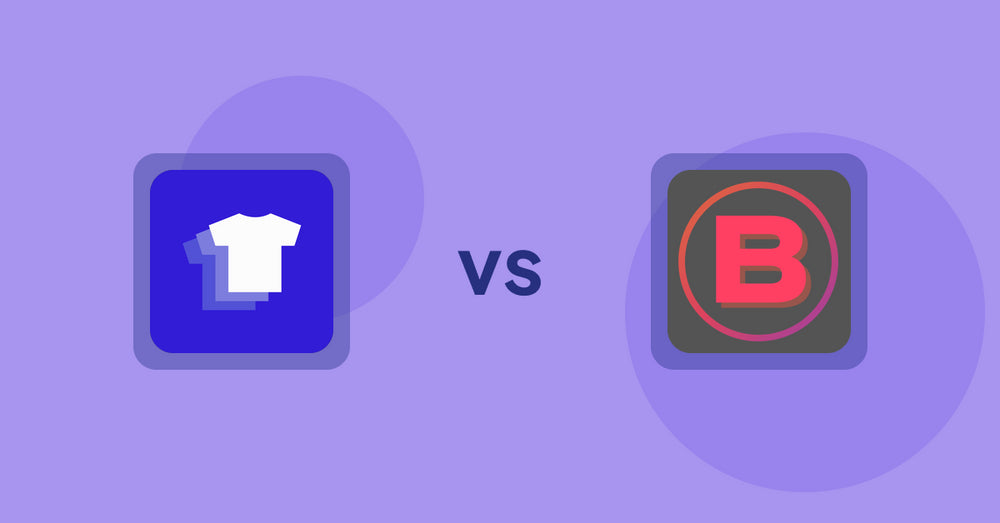
Shopify Product Display Apps: Xpander vs Banter Stories
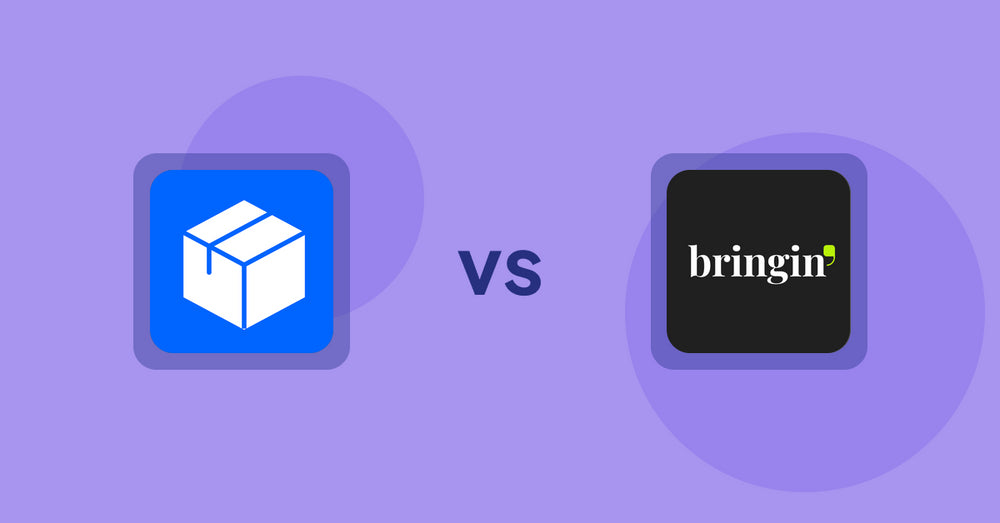
Shopify Product Display Apps: Wonderful Widgets vs Bringin
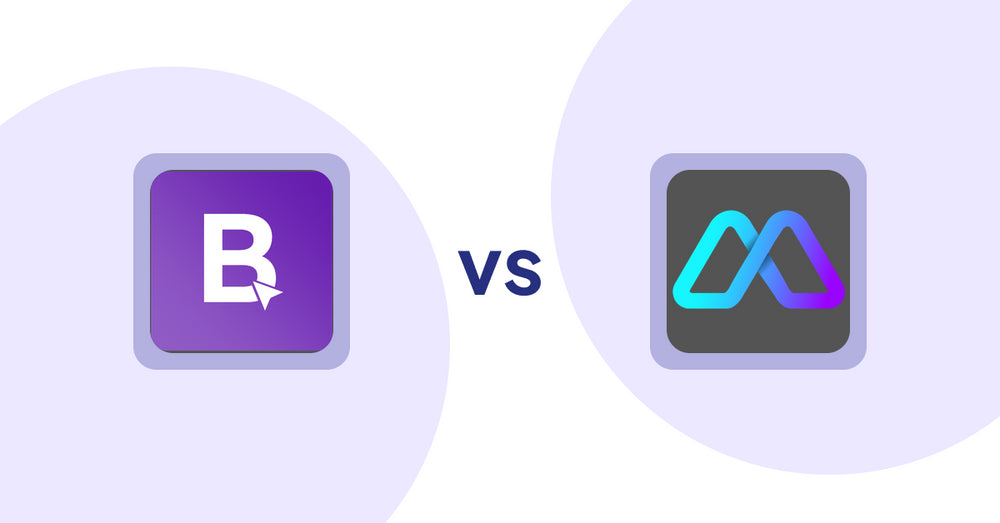
Shopify Product Display Apps: BookE - Rent Property & Service vs Metadrob: Create Virtual Store
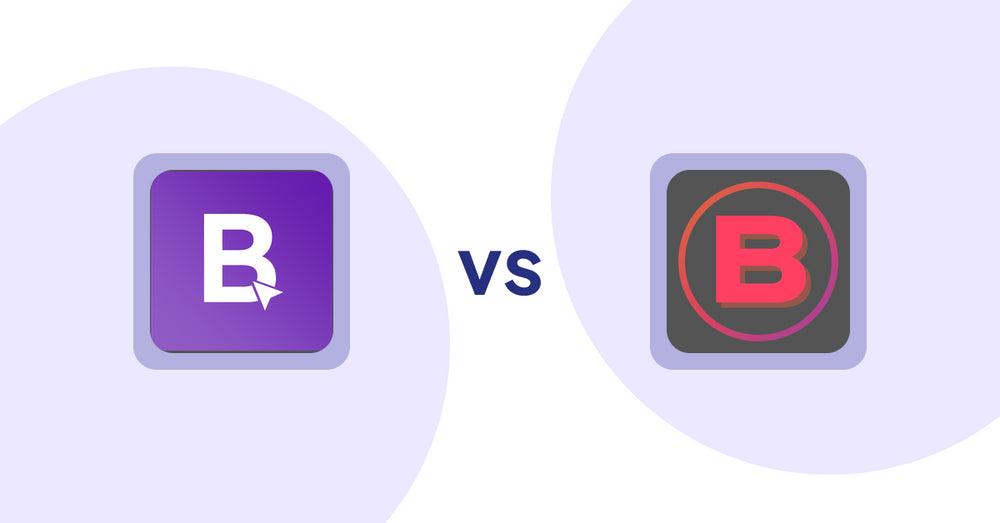
Shopify Product Display Apps: BookE ‑Rent Property & Service vs. Banter Stories
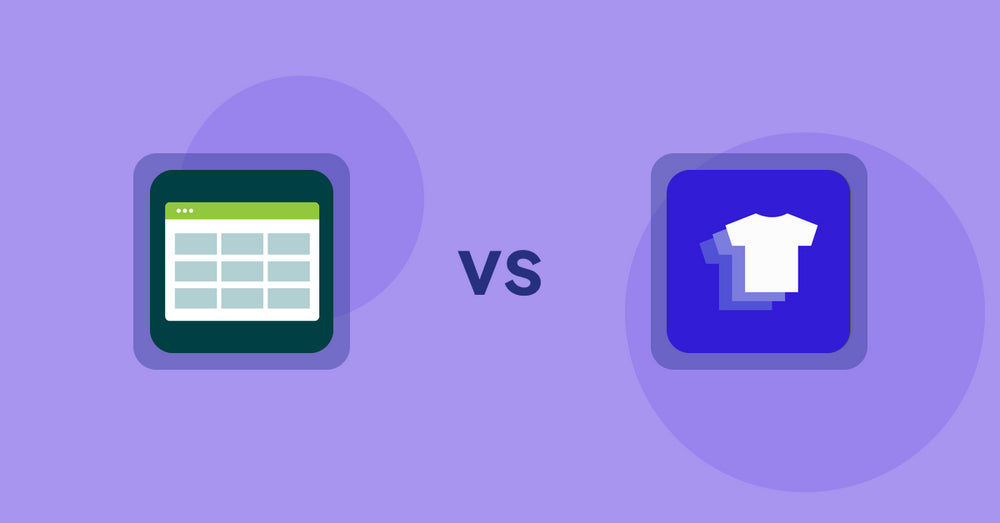
Shopify Product Display Apps: Product Table vs. Xpander

Shopify Product Display Apps: Selling Fast vs CartBar ‑ Product Purchase Bar
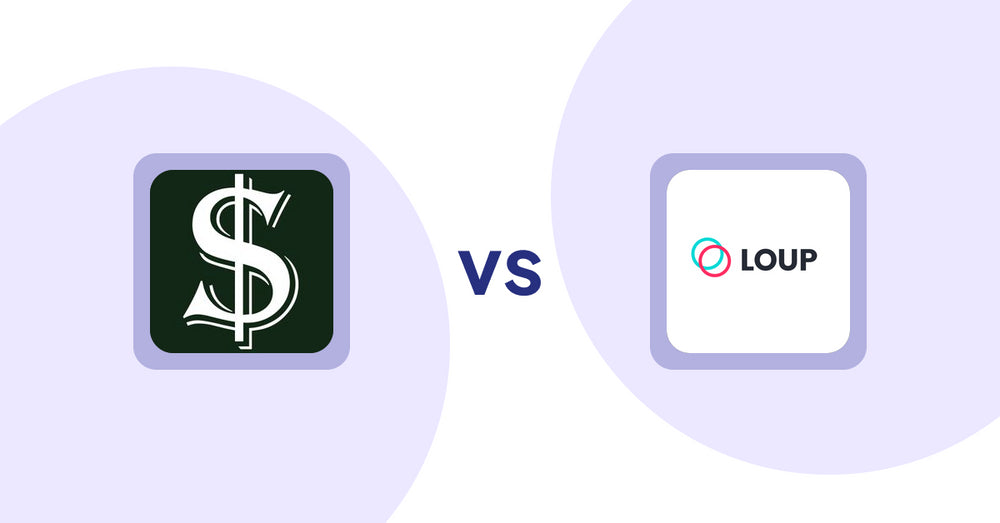
Shopify Product Display Apps: Selling Fast vs. Loup: Sell on Instagram
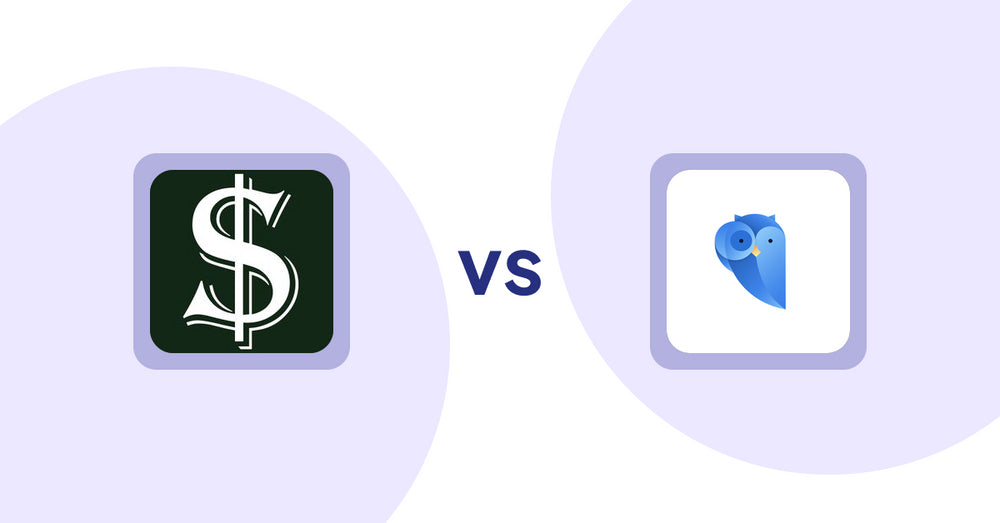
Shopify Product Display Apps: Selling Fast vs. Findify Search & Merchandise
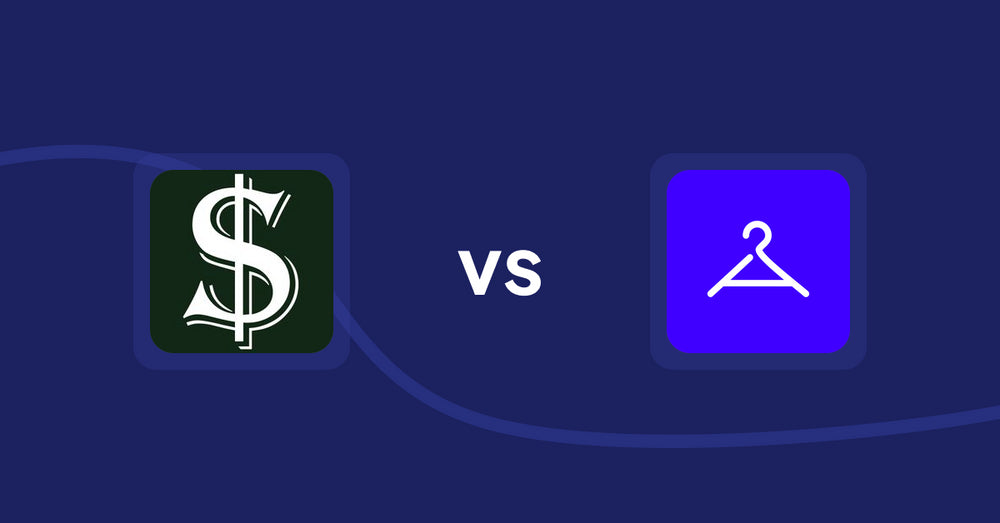
Shopify Product Display Apps: Selling Fast vs. Aiuta
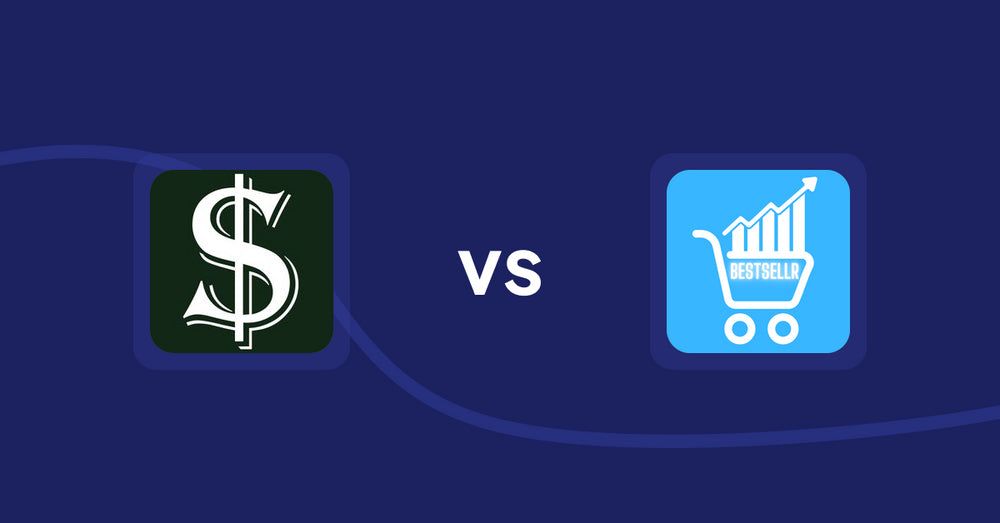
Shopify Product Display Apps: Selling Fast vs Bestsellr

Shopify Product Display Apps: Selling Fast vs ProductTube
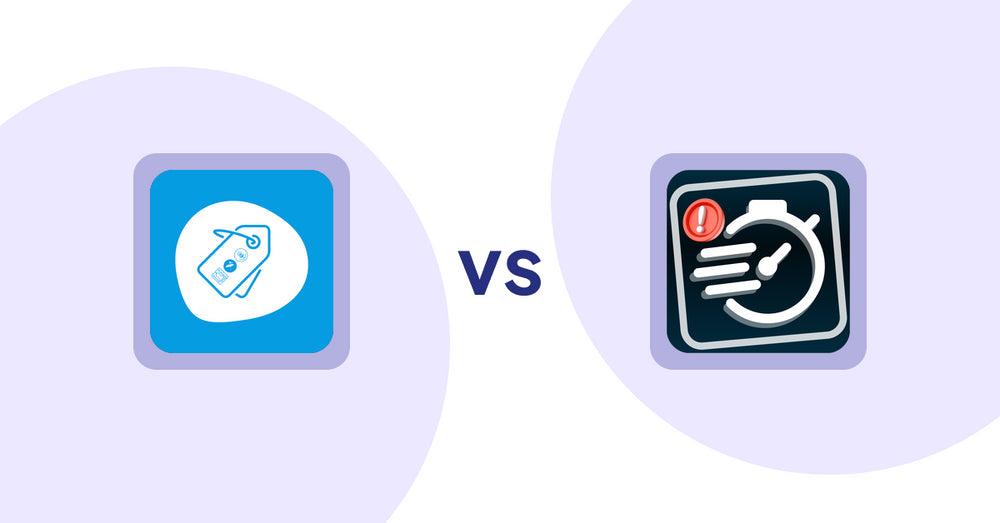
Shopify Product Display Apps: Extendons Product Tag Images vs Urgency! Low Stock Counter
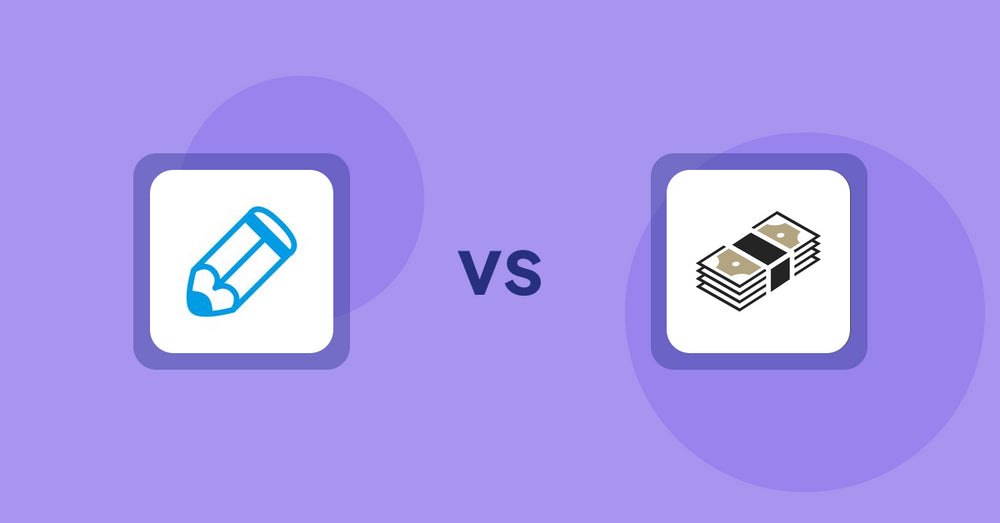
Shopify Product Display Apps: Writer Sofia vs シンプルクラウドファンディング|お手軽自社クラファン
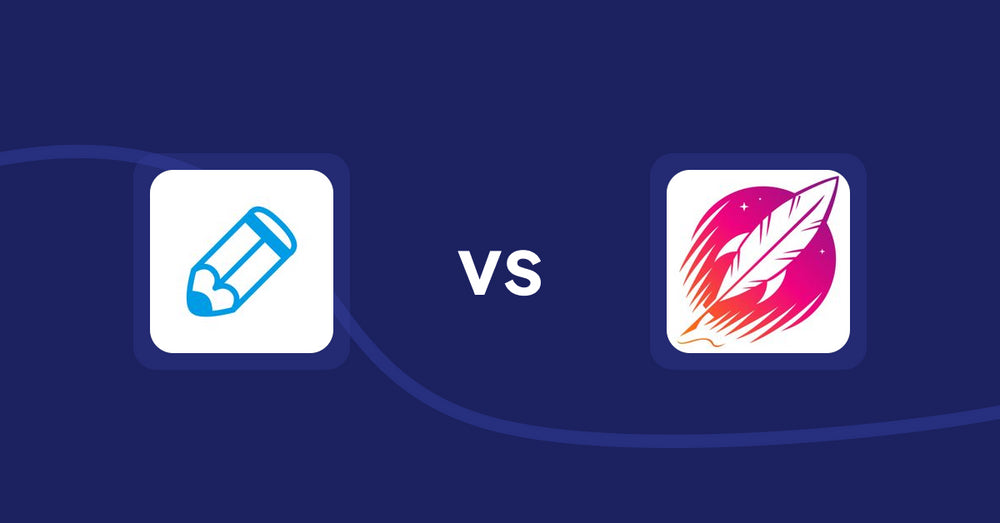
Shopify Product Display Apps: Writer Sofia vs Wordsmith: Content Generator

Shopify Product Display Apps: Addify ‑ Country Restrictions vs Aiuta
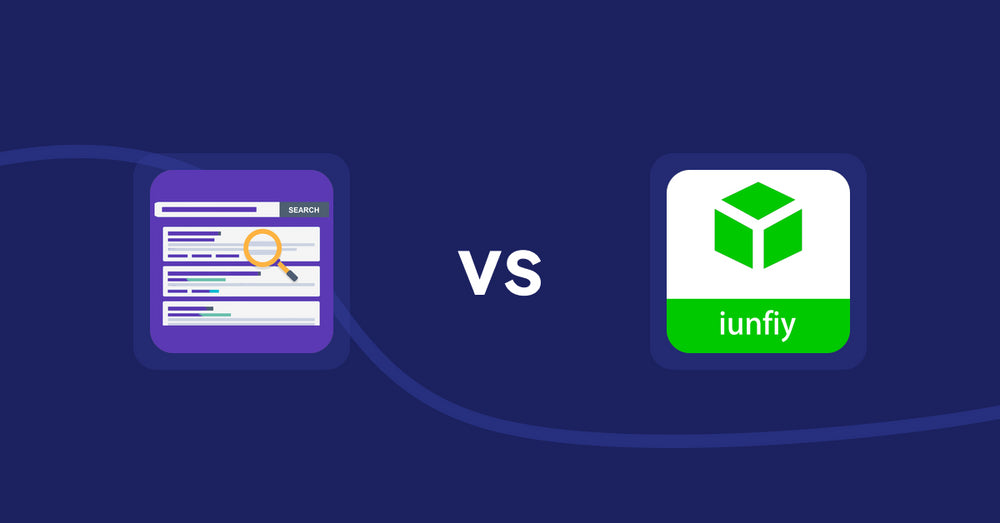
Shopify Product Display Apps: Spark AI Products Description vs iunfiy • Related Products
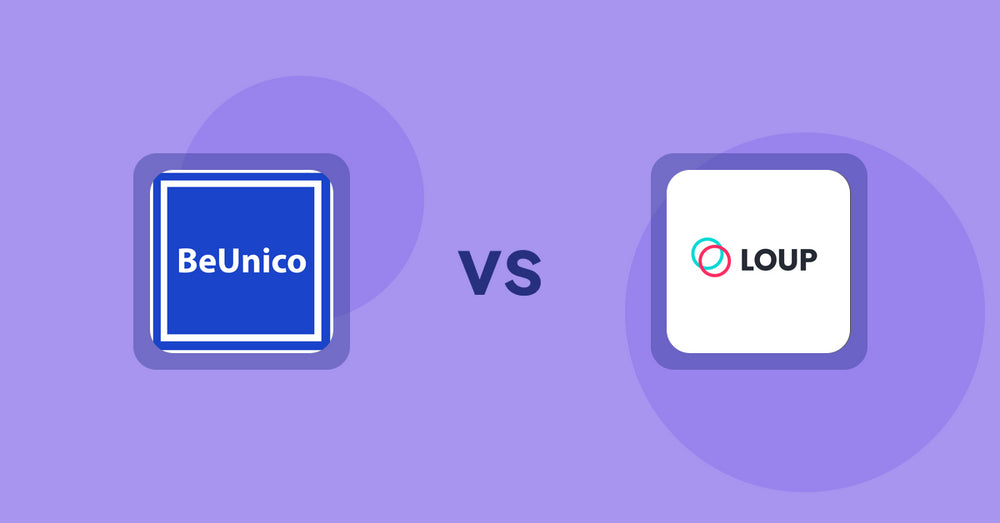
Shopify Product Display Apps: BeUnico vs Loup: Sell on Instagram
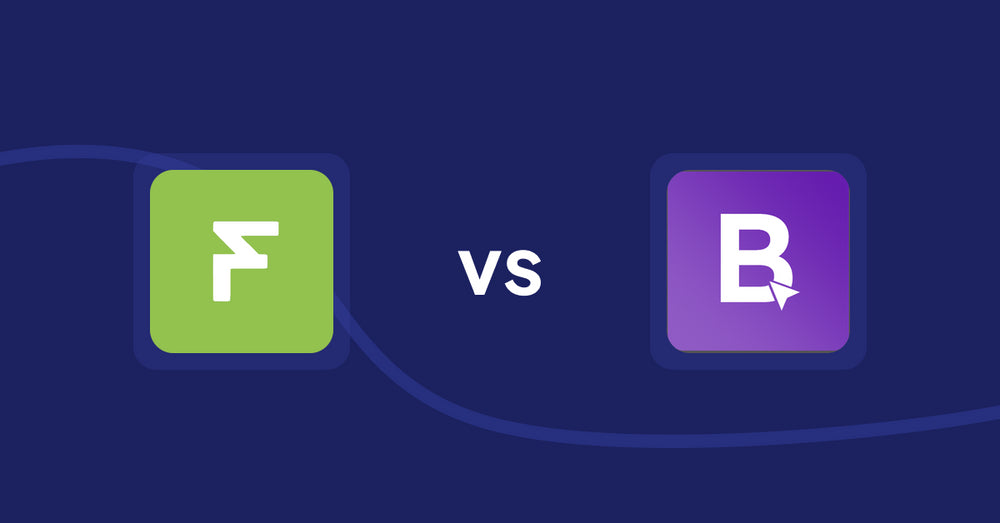
Shopify Product Display Apps: Easy Estimate Shipping vs BookE ‑Rent Property & Service
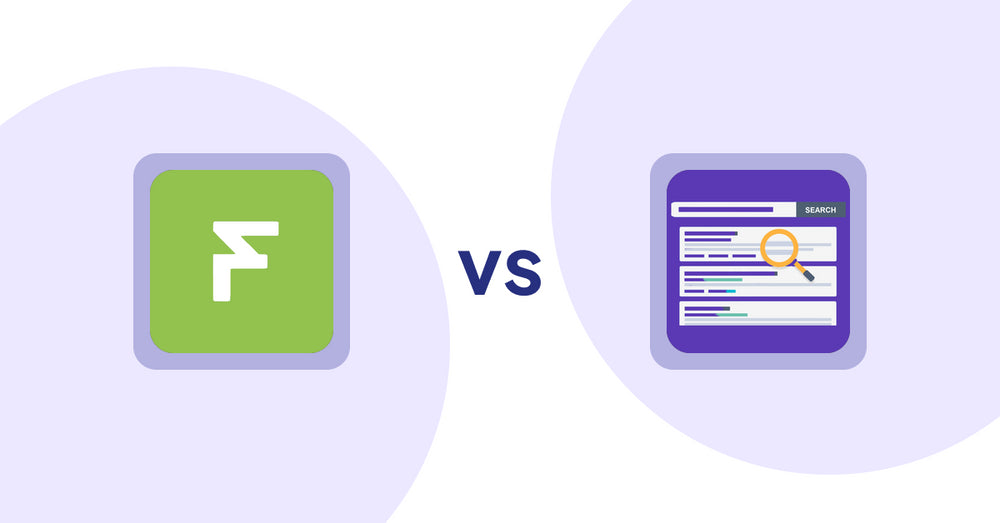
Shopify Product Display Apps: Easy Estimate Shipping vs. Spark AI Products Description
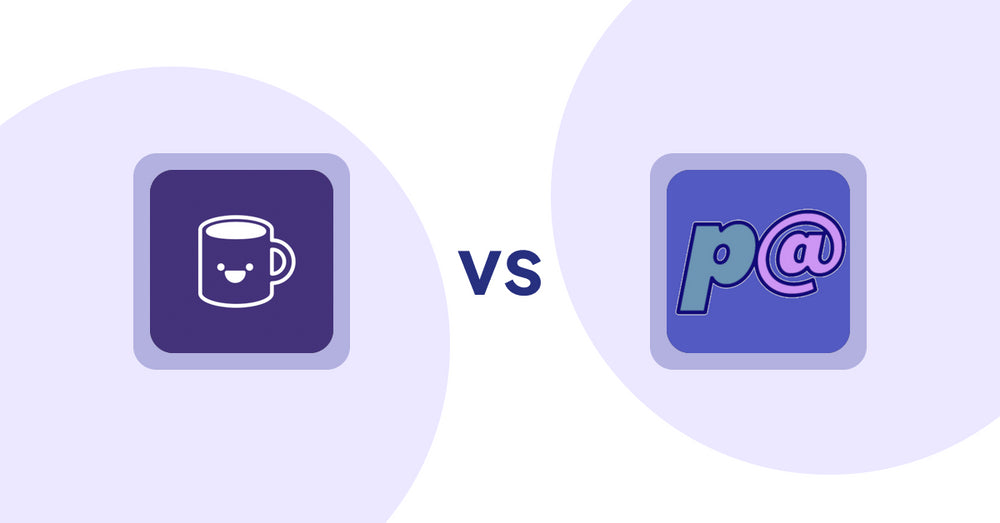
Shopify Product Display Apps: Mugshot Bot vs Parameterizer
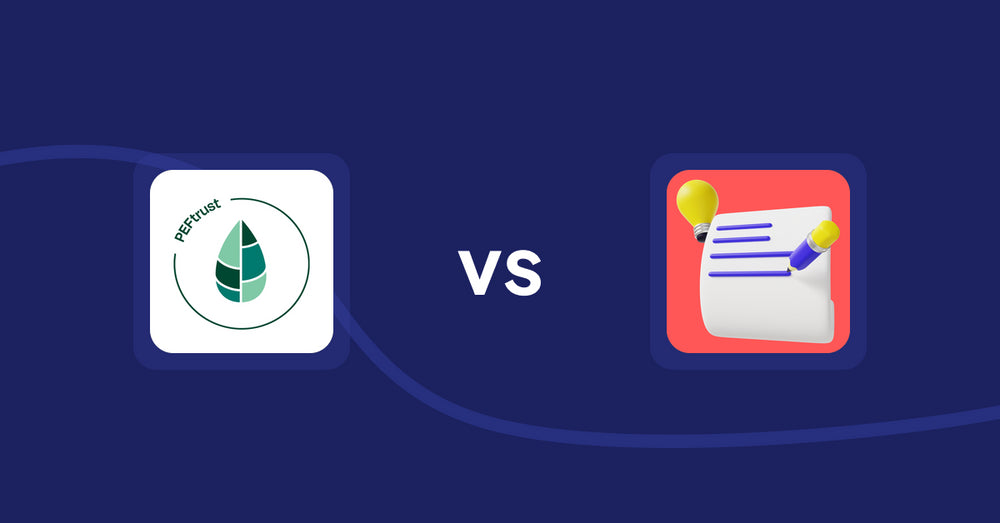
Shopify Product Display Apps: Peftrust vs. Wordo ‑ ChatGPT AI Description

Shopify Product Display Apps: Quick Product Navigator Slide vs Reelify ‑ Shoppable Reel Video
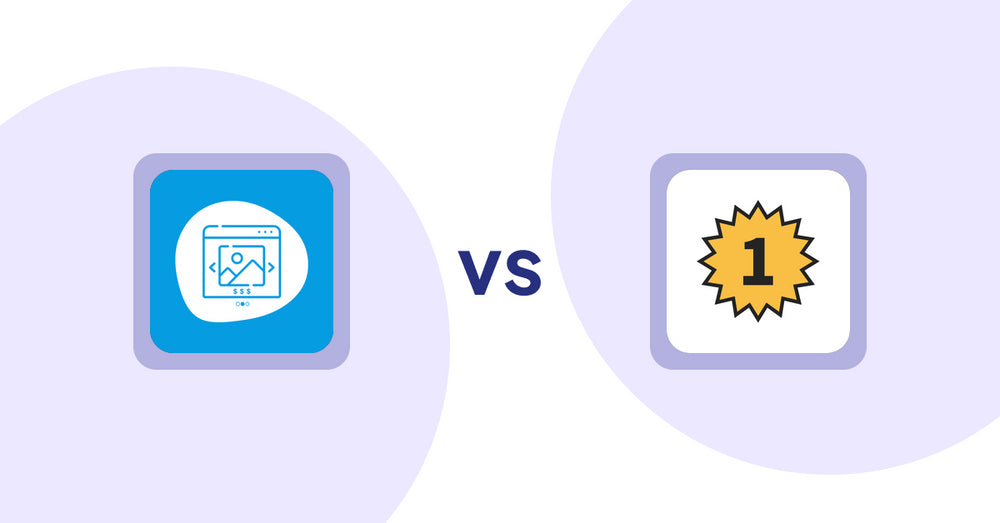
Shopify Product Display Apps: Quick Product Navigator Slide vs. UR: Smart Ranking
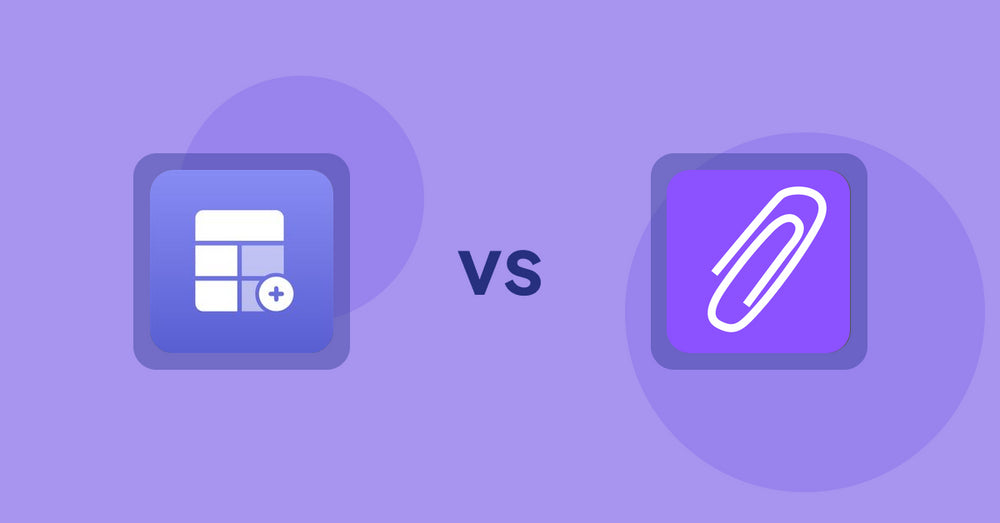
Shopify Product Display Apps: Eazy Specification Tags Table vs Agile Attachments
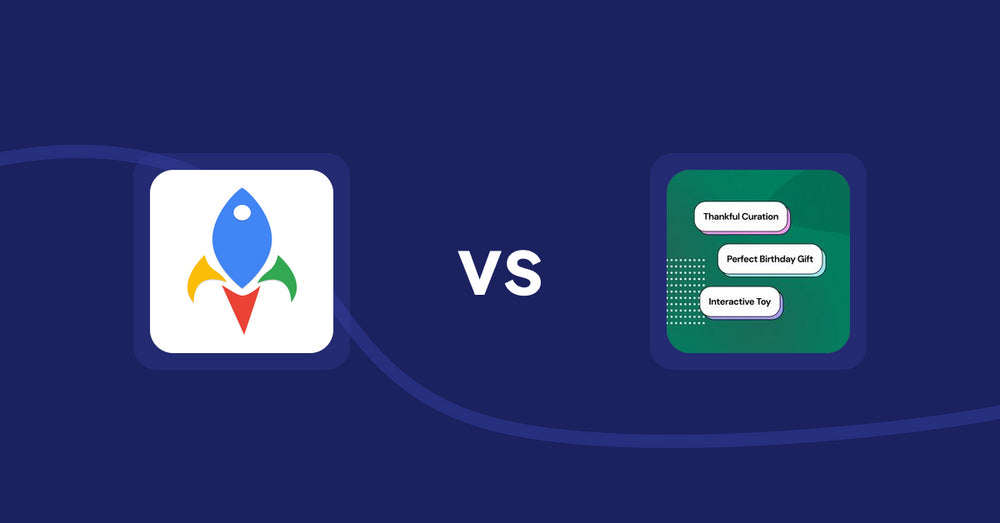
Shopify Product Display Apps: Jedi Back In Stock Admin Alert vs FeatureFrame ‑ Pretty Product

Shopify Product Display Apps: Jedi Back In Stock Admin Alert vs. Findify Search & Merchandise
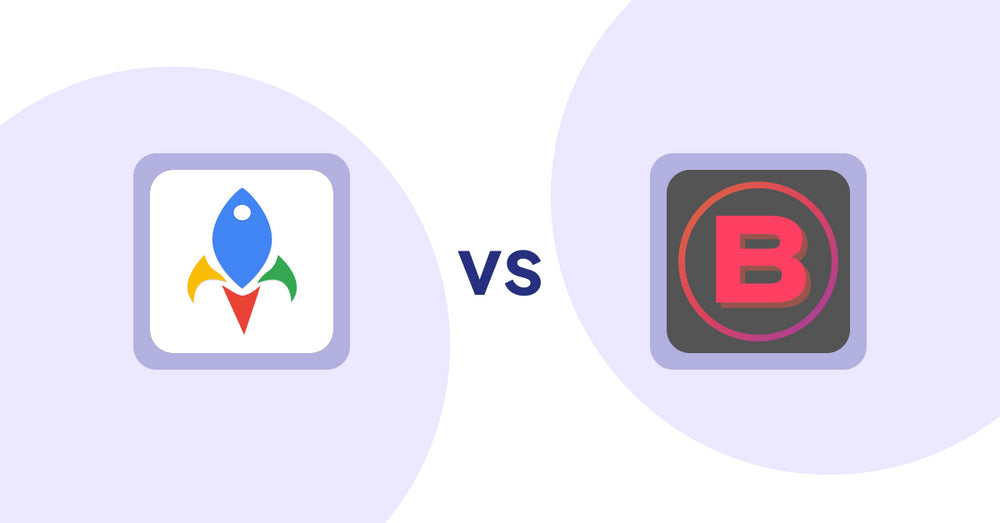
Shopify Product Display Apps: Jedi Back In Stock Admin Alert vs Banter Stories






